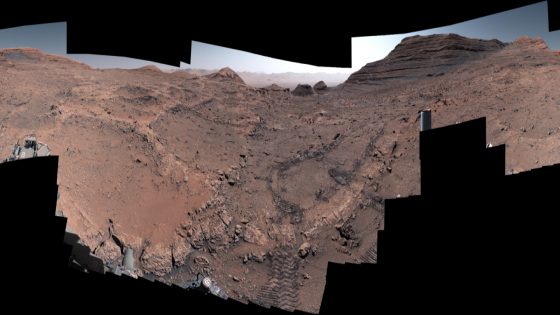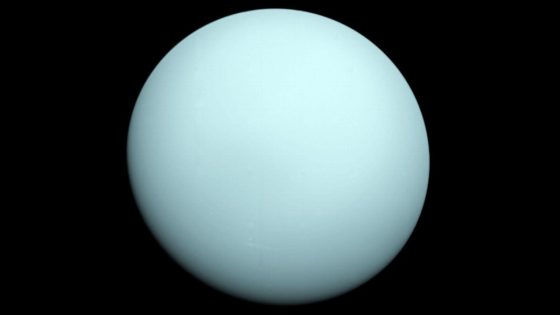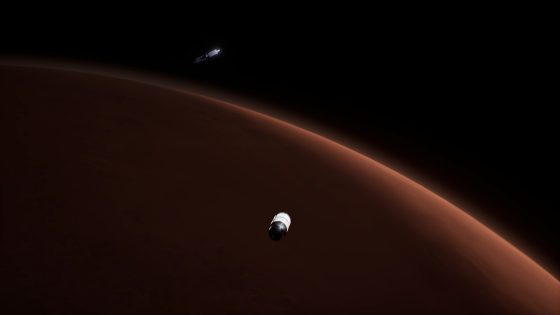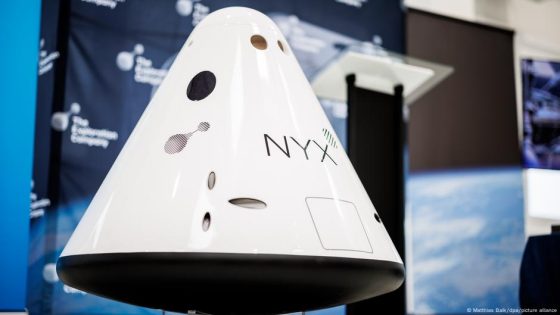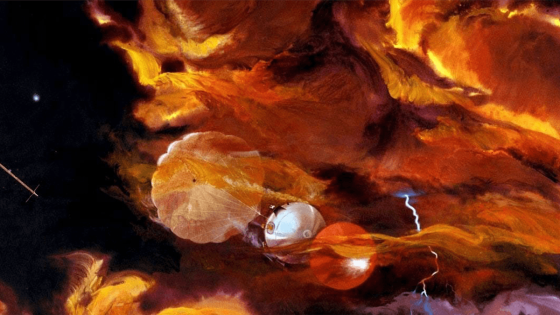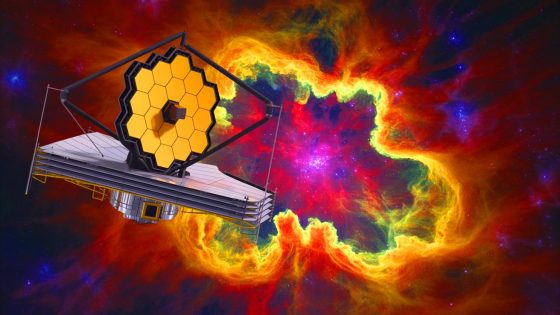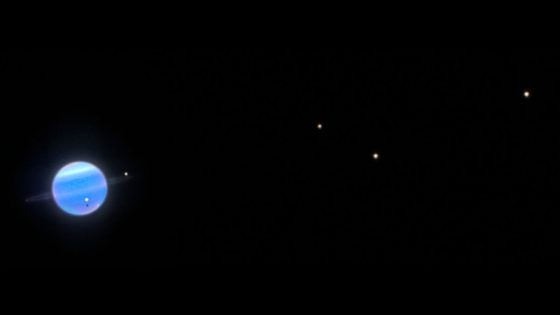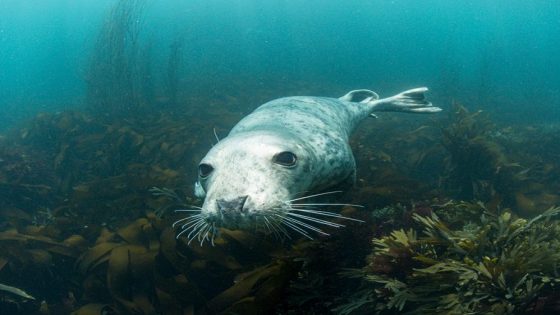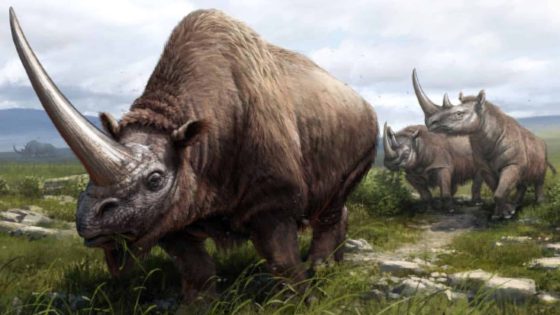NASA’s Curiosity rover has been a vital tool in exploring Mars, capturing stunning images that reveal the planet’s geological history. Since its launch in 2012, Curiosity has focused on identifying signs of ancient life on the Red Planet. On July 1, 2025, Curiosity unveiled a breathtaking 360-degree panorama of an area characterized by unique boxwork patterns.
- Curiosity rover explores Mars for over a decade.
- Aims to find signs of ancient life.
- Captured 360-degree image of boxwork patterns.
- Located at the base of Mount Sharp.
- Image created from 291 photos in 2025.
- Ancient groundwater may have supported microbes.
This striking image showcases low ridges resembling spiderwebs, formed by ancient groundwater flow. As Curiosity traverses the Martian landscape, its findings continue to spark interest in the possibility of past microbial life.
The boxwork patterns captured by Curiosity are not just visually captivating; they provide crucial insights into Mars’ past. What secrets do these ancient formations hold about the planet’s climate and potential for life? Understanding these geological features can help scientists piece together Mars’ history.
- Boxwork patterns indicate ancient groundwater activity.
- Curiosity’s findings may lead to discoveries about past microbial life.
- The rover’s images enhance our understanding of Martian geology.
As we continue to analyze Curiosity’s findings, the quest for understanding Mars’ history and its potential for life remains a thrilling frontier in planetary science.



